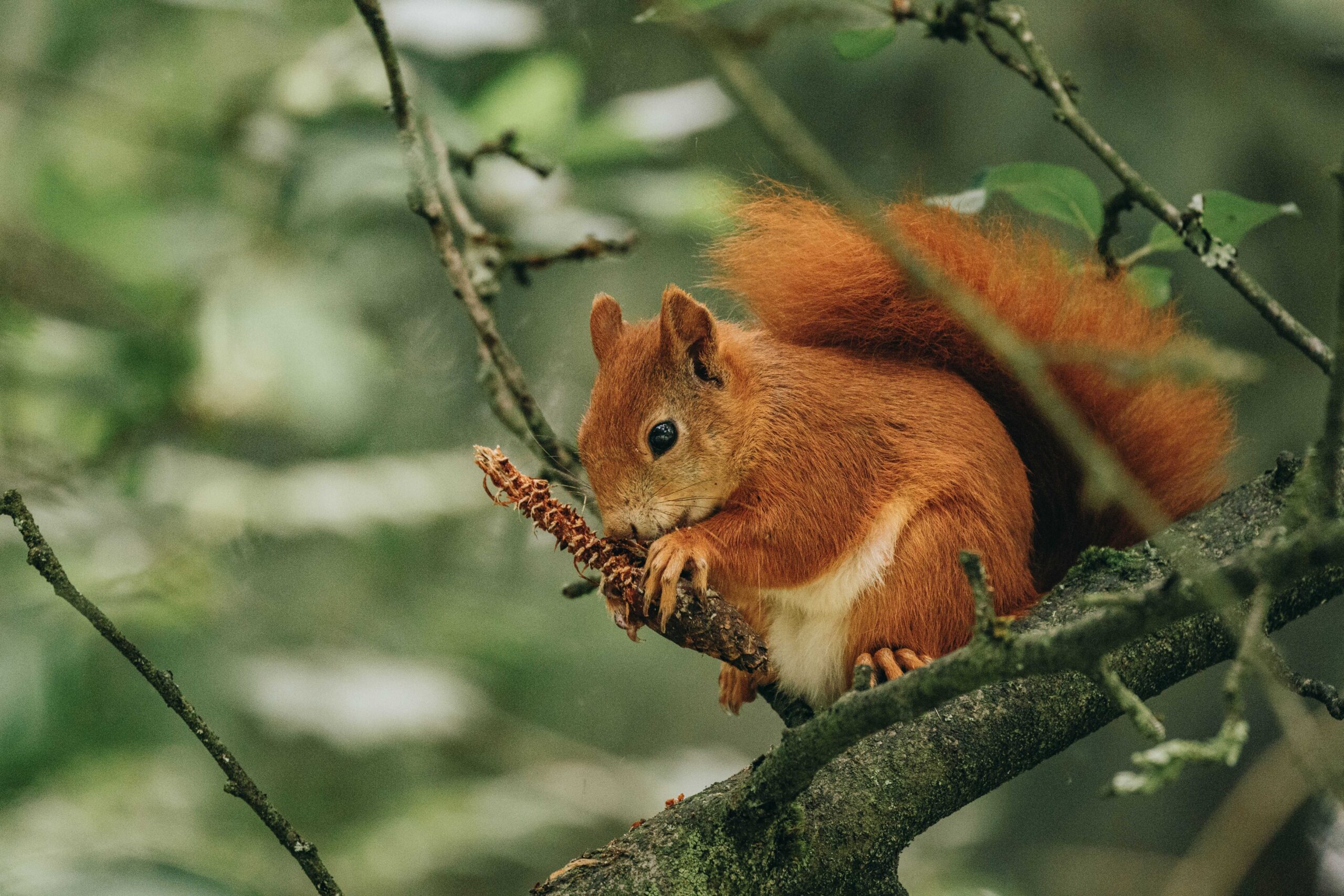- experience
- engage
- enjoy
Eden Estuary Local Nature Reserve: ‘Local Matters’
Publish Date: Friday May 1, 2020

The Eden Estuary a jewel in the natural heritage of Fife and a fine example of local nature nestled between St Andrews and Tentsmuir Forest. Designated a Local Nature Reserve (LNR) in 1978 this 18km2 estuarine feature comprises key habitats and wildlife that is recognised in a suite of designations. An SPA for the sites winter accumulations of migratory bird species, an SAC for its Harbour seal interest and the mosaic of sandbars, saltmarshes, mudflats, reed beds and riparian features. A SSSI for notable species such as Black tailed Godwit, Redshank, Grey Plover, Scaup and Shelduck.
The site is a well-known local landscape feature and acts as a stunning backdrop to St Andrews and its famous golf courses. Adding greatly to the ‘feel’ of the links golf experience that is such a draw.
Managed by Fife Coast and Countryside Trust with a dedicated advisory group made up of local landowners and organisations such as St Andrews Links Trust, Scottish Wildlife trust, BASC and local councillors, SNH and St Andrews University.
The reserve was set up 40 years ago with a simple and single aim…..
‘for the protection of wildlife, habitats and landscape within a framework that also emphasises the importance of education and enjoyment’.
This was set out on a ‘handshake basis’ and no formal management agreement is needed to garner support for this aim. The site is protected by a suite of byelaws that are written and agreed to by all parties.
The reserve has always been managed with a democratic and transparent openness and this has allowed it to lean into many challenges in its 40-year history.
The ethos promotes the primacy of nature and this sits at the heart of all actions however it is a reserve ran by people and for people with an objective to promote engagement and connection with this ideal.
There are significant challenges facing this site and none more so prevalent now than climate change. The notable evidence is to be witnessed by all who work and play around its shoreline. The reserve has been at the forefront of research for decades, pursuing understanding of the causes and impacts of climate change and now in recent years, this work is offering real solutions.
The site hosts innovative habitat restoration work, happening now and making a significant positive change to local climate driven impacts. Adding capacity to coastal habitats and driving this change towards real long-term mitigation. Saltmarsh regeneration programmes and Scotland’s largest sand dune restoration project are examples of scientifically supported and community led habitat programmes. Programmes which have long since left behind their origins of theory and are now firmly built into the management and community involvement of the site. Both programmes have voluntary community effort at their core, much in keeping with the whole ethos of the LNR.
This integral work has been augmented by the Dynamic Coast programme report which has identified the next 30 years of potential local impacts and recommends efforts to address these impacts. In doing so directing and adding focus to the practical commitment to future habitat security.
The cross-boundary management approach afforded by the LNR network works well over the connected sites and has made a strong bond between nature reserve, golf course, University and industry. This bond built over 40 years assists each to empathise with the other’s priorities by building partnership, accepting compromise and promoting mutual understanding.
This network of land managers each play this critical role in supporting the other by their own volition, according to their expertise and ability. Collaboration builds into an ecosystem wide application. Where mutually beneficial projects are supported and delivered with nature as the central support.
This is vital to address wider issues such as pollution, increased rainfall inputs, salination changes and importantly bird disturbance.
The site is a fantastic bird resource however in line with many other reserves a notable decline of species across the board is being recorded. Whilst a small number of species are thriving such as Little Egret, Pinkfooted geese and Osprey, many waders and wildfowl are fairing less well. It is important to note there are stable populations of some species such as Redshank, Black tailed Godwit and Shelduck locally, however the decline in Grey Plover, Bar tailed Godwit, Dunlin and others cannot be ignored.
The issues facing these birds are multi-faceted and international however there are local efforts to address declines where they are amplified by human interaction. Examples of this effort are the coming together of local land managers and reserves to put in place measures to help the public identify where birds are and how best to avoid or support them. One initiative is the ‘Bird aware’ campaign ran by FCCT along the coast of Fife to raise awareness of how not to disturb feeding birds, in particular waders, during winter.
The birdlife and habitats of the Eden estuary are intrinsically linked. It is hoped the new and determined restorative works on our habitats coupled with a determination and import from politicians both local and national to promote building with nature, will go some way to slow if not halt this decline in the site’s premier attraction, it’s birds.
It may be the case that it is people who cause the issue’s both great and small. It is hope and faith and true hard work and community spirit from people that may be the solution.
The Eden Estuary LNR certainly plays its part and this is down to those who work, play and love this place. Here lies hope for another 40 years.


